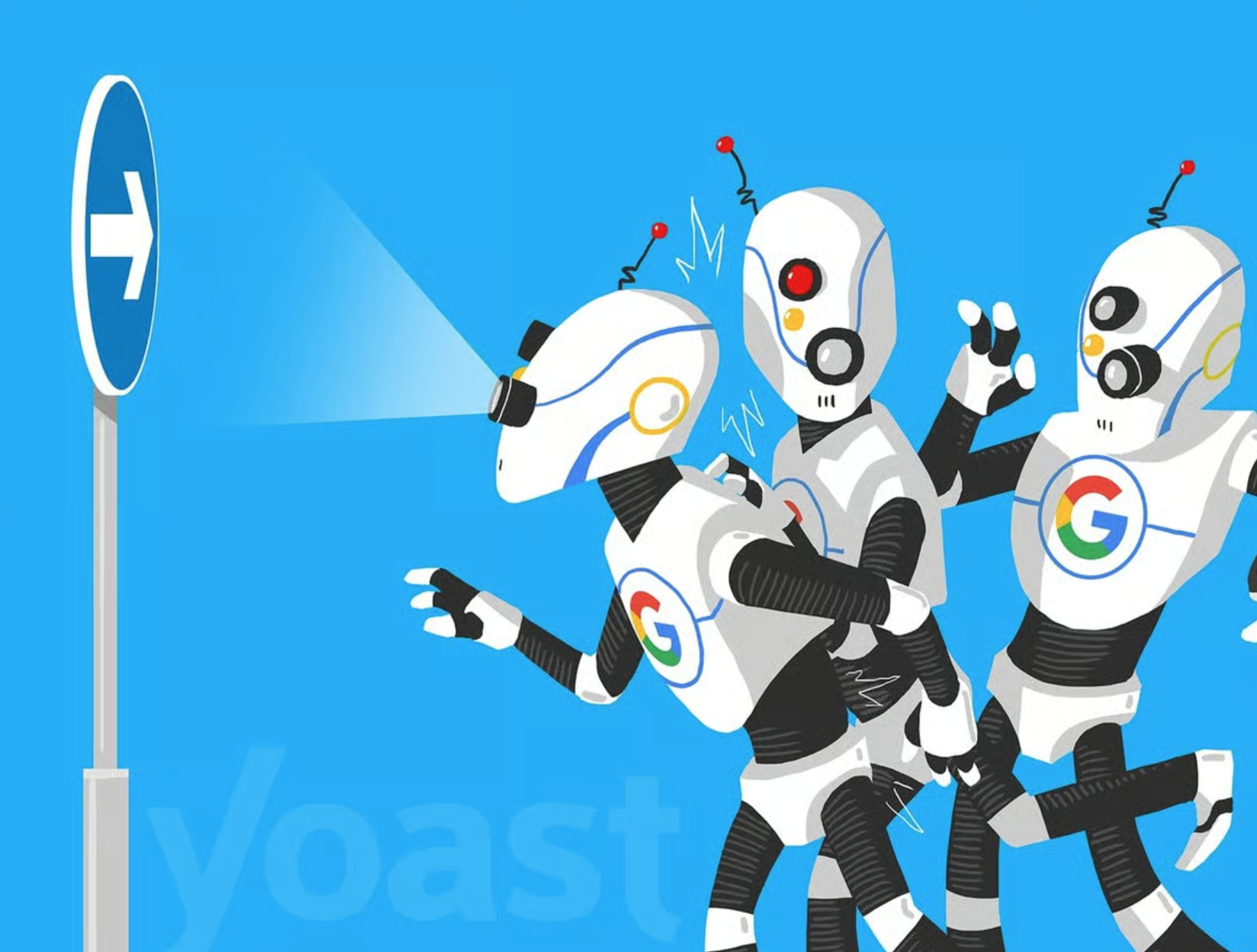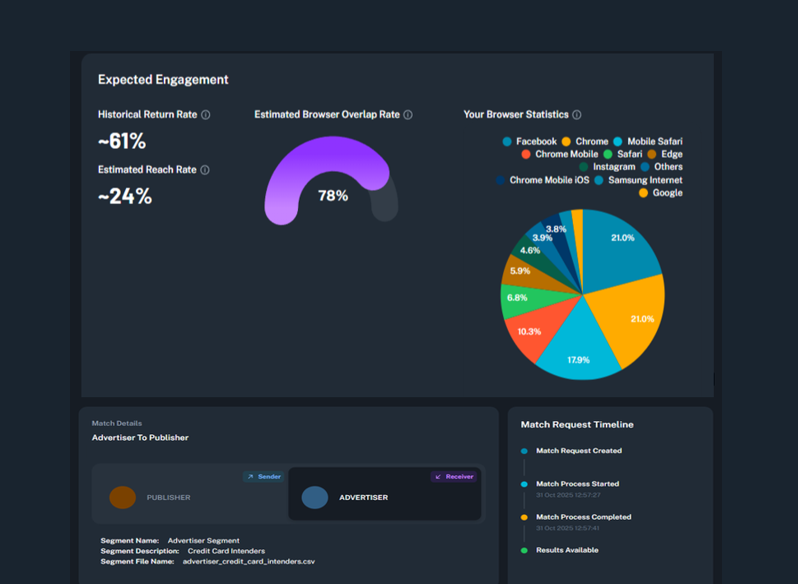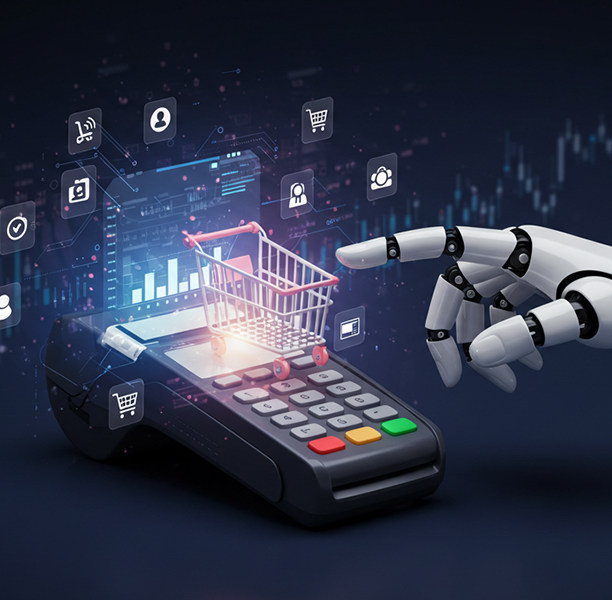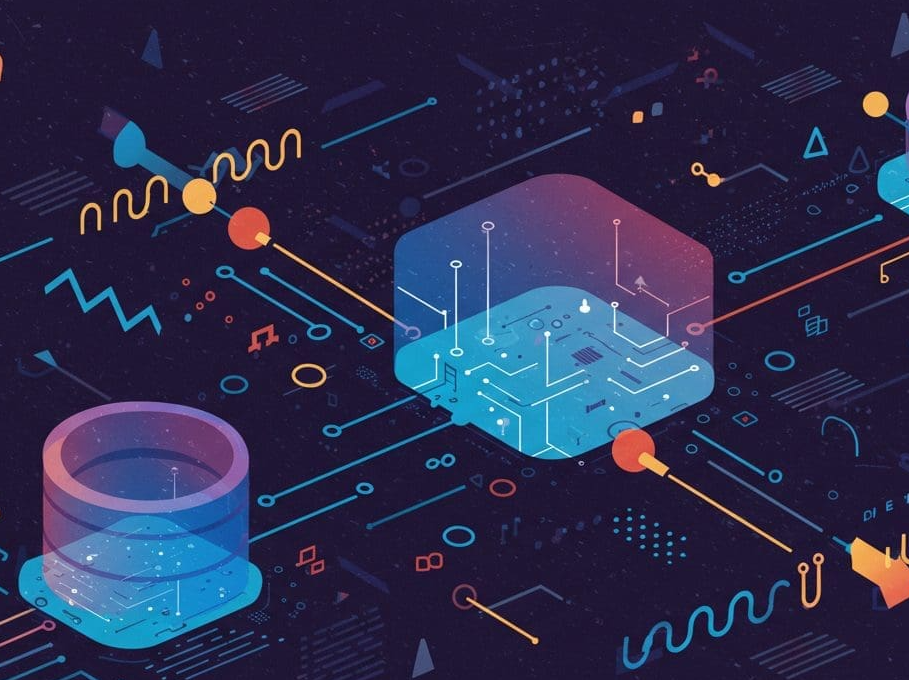For years, marketers have worried about the real composition of internet traffic and how it impacts campaign measurement and performance. Independent research in 2025 confirms those concerns: bots now make up nearly half of all internet activity and this is accelerating with LLM crawlers as they fight for competitive advantage.
This reality forces us to rethink what “good performance” looks like and why intent-driven marketing is more important than ever.
The Reality of Bot Traffic in 2025
- Cloudflare reports that 47% of all internet traffic is bots.
- Arrgle estimates more than half of global traffic is already automated.
- Statista confirms bots take up a double-digit share of “visitors” across every industry
- DesignRush calculates billions of marketing dollars are drained each year by bot-driven ad impressions and clicks.
Doesn’t authentication solve this problem?
No, this is not limited to anonymous browsing. Bots are present even behind logins, using credential-stuffing tools, API scraping, and replay sessions to masquerade as real users.
- Imperva / Thales: bot traffic crossed ~50%+ of overall web traffic in recent reports — AI-driven bots are a major driver. (good baseline for overall web).
- Cloudflare: ~95% of login attempts that use leaked passwords are automated (i.e., bots driving credential-stuffing). Also Cloudflare data shows a large share of successful logins involve compromised passwords in many sites.
- Okta / industry telemetry: credential-stuffing has been measured as making up a substantial percentage of login attempts in some datasets (reported figures vary by vendor & year; examples in the 20–40% range for credential-stuffing traffic to logins in some reports).
Why Match Rates Look Low (and Why That’s a Good Thing)
Take a conservative example:
- A mid to large brand has collected 500,000 IDs.
- After removing bots (47%) and private browsing or cookie clearing (13%), the true human pool may only be around 200,000. This number may be even less.
- If they then try to match this data with someone else and match pool comes back with around 20,000-40,000 IDs, that is 10-20% of the real humans, not 4-8% of the original inflated pool as it could be perceived.
Without this context, marketers may interpret “low” match rates as underperformance. The truth is the opposite: filtering out bots means we are targeting actual humans, the only audience that matters.
The Financial and Strategic Implications
The cost of ignoring the reality of bot traffic is far greater than wasted impressions. It has ripple effects across every layer of a marketing strategy.
- Budget Waste: Every dollar spent on serving impressions to bots is a dollar taken away from reaching a real customer. At scale, this is not a minor leak but a flood. Independent studies estimate that billions are lost each year globally to bot-driven clicks and impressions. For brands under pressure to prove return on investment, this silent drain undermines both efficiency and accountability.
- Distorted Metrics: Campaign dashboards often look impressive on the surface. High impression counts and strong click-through rates can give the illusion of success. But when bots make up a significant portion of that activity, those numbers are inflated. This creates a dangerous scenario where decision-makers are building strategies on faulty data. Inaccurate attribution leads to misguided channel investment, misaligned creative strategies, and wasted resources.
- Strategic Missteps: When executives see strong traffic but weak sales, the instinct is often to adjust messaging, shift budget to different media, or increase spend to “close the gap.” In reality, the issue is not the message or the channel but the fact that much of the traffic is non-human. Without recognizing this, brands risk doubling down on failing approaches and compounding the waste.
- Reputation Risk: Marketers are increasingly held accountable by boards, regulators, and customers for how budgets are spent. Paying for fake traffic erodes trust not only in digital advertising as a channel but also in the teams responsible for oversight. Marketers that can prove they are filtering out bots and focusing on real people strengthen their credibility and position themselves as leaders in responsible media investment.
- Competitive Advantage: The brands that act early and adopt intent-based identity strategies will gain a clear advantage. By eliminating wasted spend and aligning decisions to verified human behaviour, they will achieve higher efficiency at the same budget. Competitors that continue to chase volume will fall behind, locked into a cycle of inflated numbers and declining real-world outcomes.
In short, bot traffic is more than a nuisance. It is a structural issue that impacts budgets, reporting, decision-making, and long-term competitiveness. Marketers who focus on authentic human connections not only protect their spend but also unlock a strategic edge in the marketplace.
Our Position: Intent Over Volume
At AdFixus, we focus on intent targeting and privacy-first identity resolution. The future of marketing is not about inflated numbers. It is about connecting with the right humans, at the right time, with the right intent.
This is why “low” match rates should be celebrated, not feared. They prove integrity. They prove quality. And they ensure your campaigns are built on a foundation of trust.
What Comes Next
- For marketers: When comparing platforms, ask the hard question: Are you seeing real humans, or a blended metric polluted by bots?
- For our clients: We will continue to cut through the noise and deliver authentic human connections that drive real business outcomes.
The internet is increasingly automated. AdFixus ensures your marketing cuts through by reaching real people, not bots. That is the value you can trust us to provide.
Ready to Focus on Real Human Intent?
If you want to protect your budget, eliminate wasted impressions, and build strategies based on verified human behavior, AdFixus can help.
Get in touch with our team today and see how we can make your marketing future-ready.













